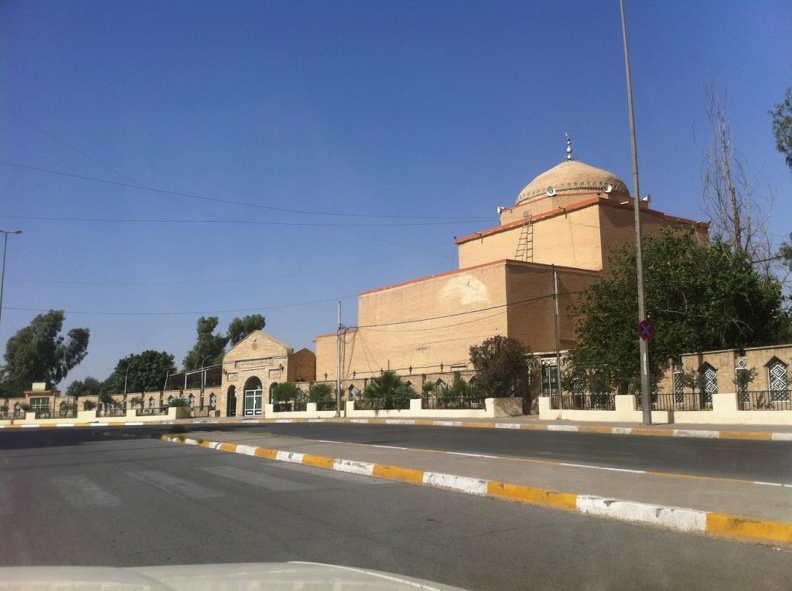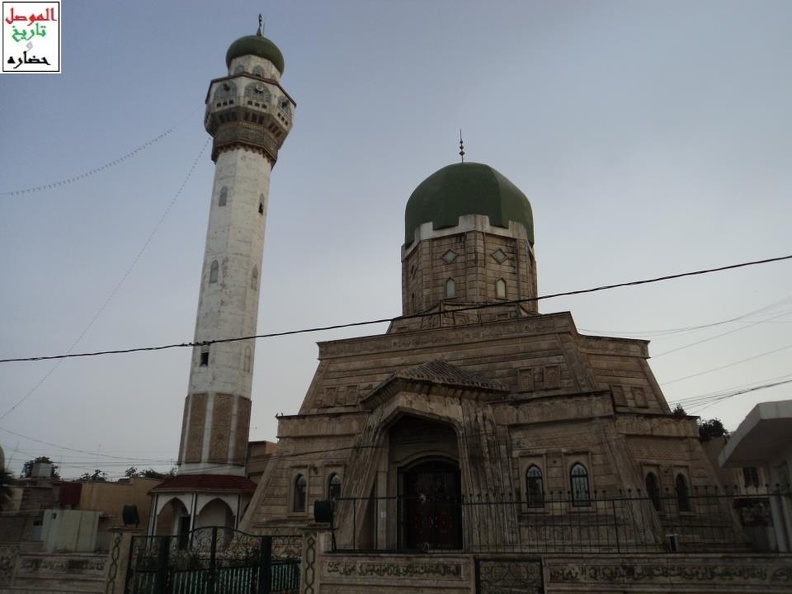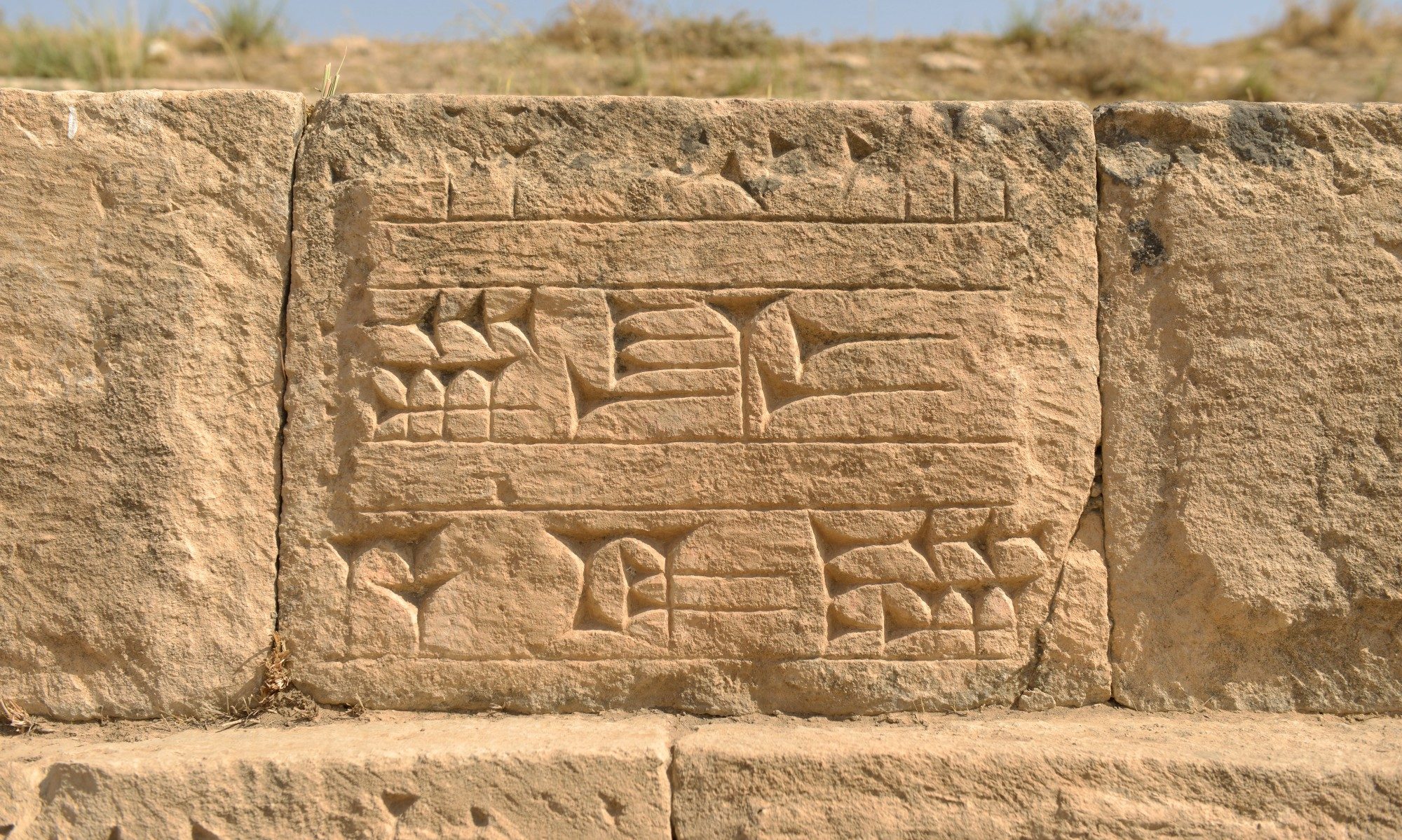Old City of Mosul
Entered into the World Heritage Tentative List in 2018
By Dr Mónica Palmero Fernández
Established across from the ancient ruins of the Assyrian city of Nineveh on the western bank of the Tigris, the Old City of Mosul succeeded Nineveh in importance during the Median, Achaemenid and Seleucid Empires. Like Nineveh, its successor continued to act as a link along ancient trading routes running from as far away as China to Central Anatolia.
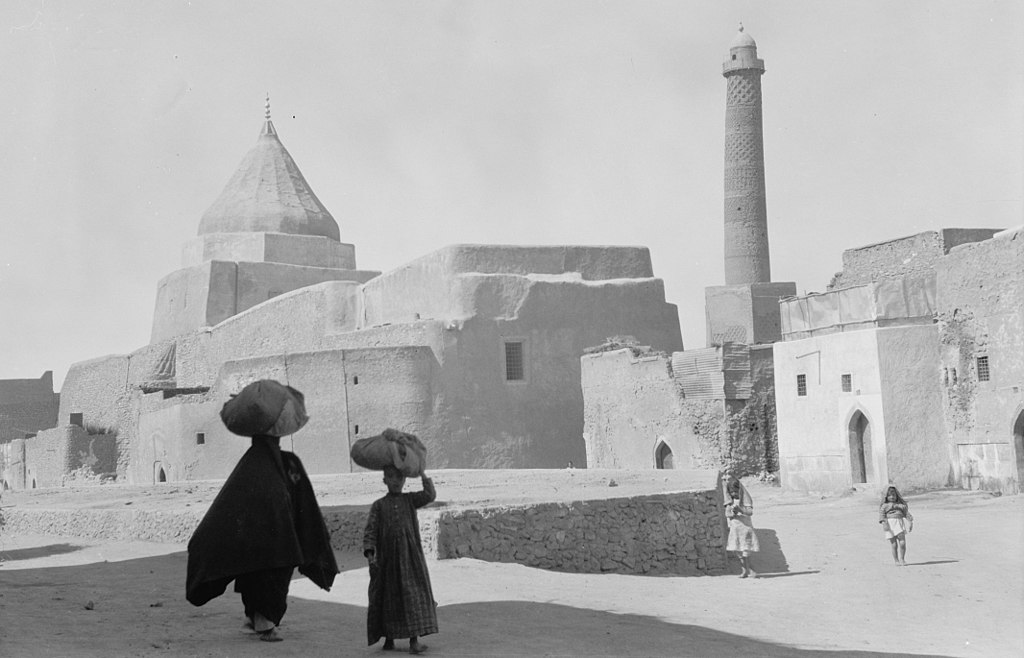
The area’s long history and preeminent location made Mosul a particularly rich and diverse city. At the start of the 21st century, the city boasted an ethnically and religiously diverse population that is reflected in its historic built environment. As one of the historic centres for the Assyrian people, it is home to many of its churches. Mosul’s rich religious landscape includes important landmarks that have suffered under Daesh’s control of the region. A total of 47 buildings, mostly Sunni shrines and mosques were intentionally destroyed by Daesh between June 2014 and June 2017. For example, the Great al-Nouri Mosque built during the Zangi Dynasty in 1172-1173 A.D.
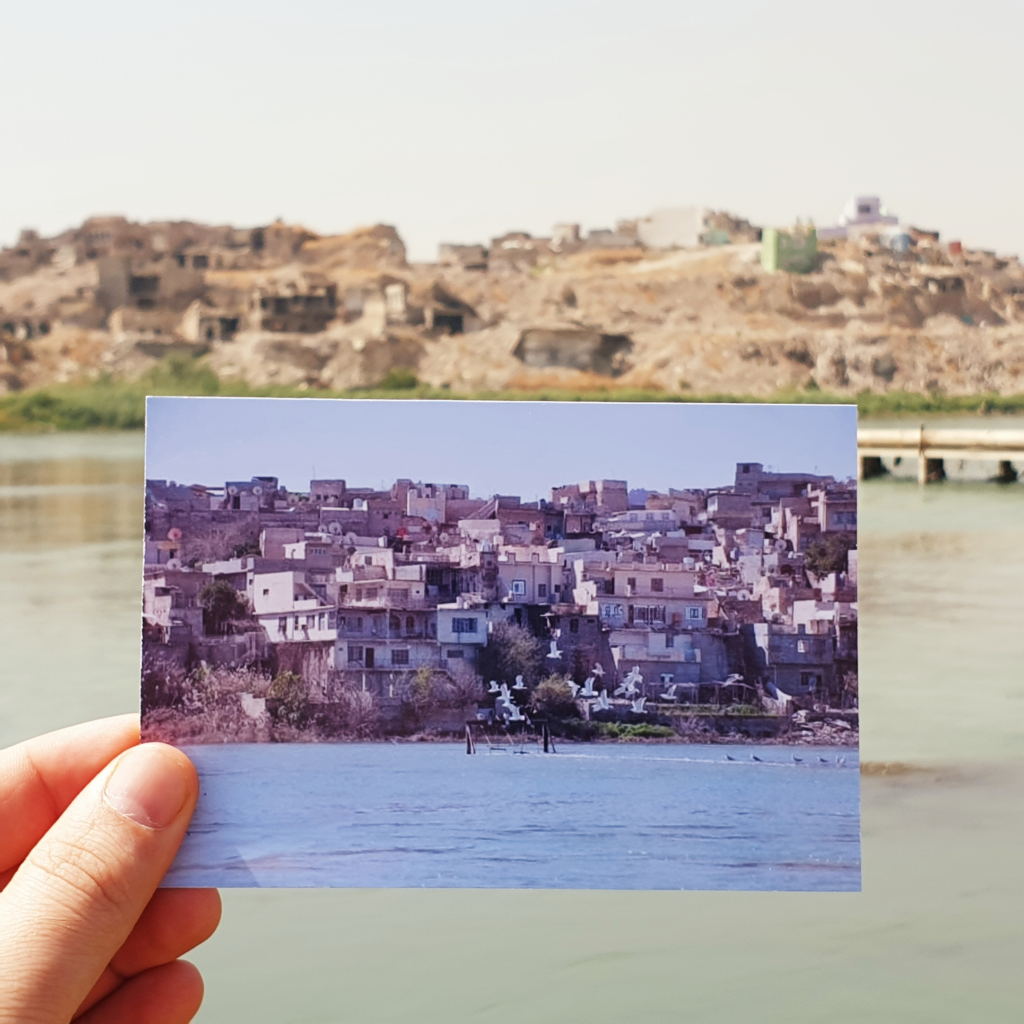
The Old City of Mosul is distinguished by its medieval city plan, its intricate concentration of Islamic buildings from the 12th to the 19th centuries interspersed with religious buildings belonging to other communities (particularly Christian), as well as the impressive array of Ottoman domestic architecture that is still largely preserved although in dire condition after recent upheavals.
The integrity of the Old City of Mosul is currently threatened by the neglect that followed military operations to liberate the city from Daesh militants, as well as the damage caused by the latter during their occupation of the city. So far, the city has lost numerous significant sites, as well as the decimation of social life at the heart of the city’s diverse population. A project under the direction of Karel Nováček (Palacký University Olomouc) aimed to monitor and document the destruction of monuments in Mosul during the occupation and in its aftermath.
Efforts to redress the damage caused and recuperate the vibrancy at the heart of the city’s life are underway. However, while prominent monuments have already been subject to renovation, the vast areas of domestic architecture and basic installations remain in ruins. UNESCO’s ‘Revive the spirit of Mosul’ project was launched in February 2018. It focusses on the human dimension of reconstruction. As of 2019, the European Union will contribute €20 million to the project, some of which will also be used to fund the rehabilitation of the Iraqi city of Basra.
The partial reopening of Mosul Museum was accomplished in January 2019 with an art exhibition titled “Return to Mosul”, while the rest of the museum remains closed to protect what is left. The heritage-focused foundation ALIPH, led by France and the UAE, has recently donated $480,000 to help in the first phase of the museum’s reconstruction. In addition to this financial support, the foundation is collaborating with the Louvre Museum and the Smithsonian Institution to aid in reconnaissance missions for the museum’s restoration.
In the face of negative reports about the ruined state of the Old City of Mosul, it has been reported that the current governor, Nofal Al Agub, imposed restrictions to journalists in the area in January 2019.
UNESCO webpage
https://whc.unesco.org/en/tentativelists/6355/
UNESCO reconstruction project webpage
https://en.unesco.org/projects/the-spirit-of-mosul
Monuments of Mosul in Danger (affiliate project)
http://www.monumentsofmosul.com/
